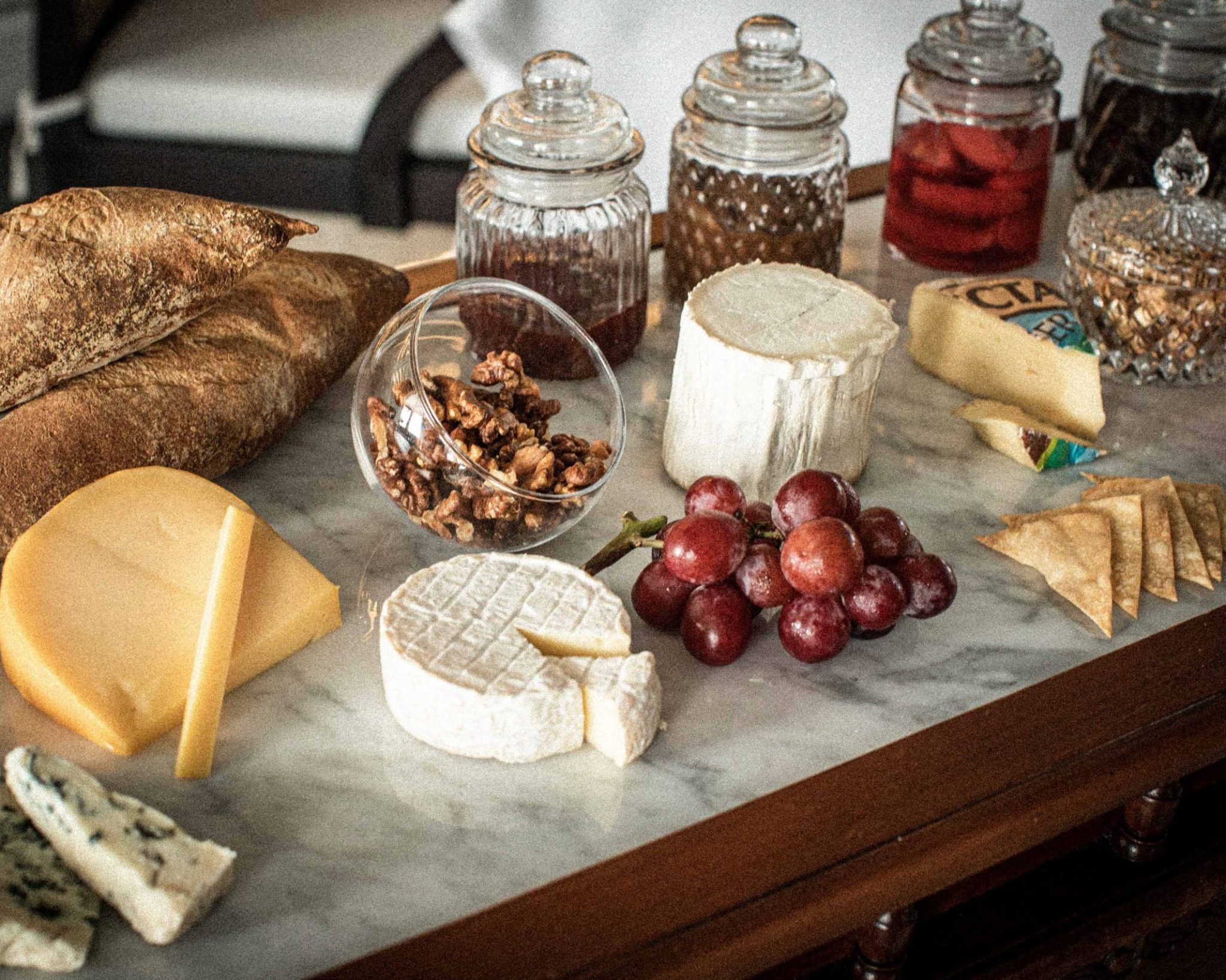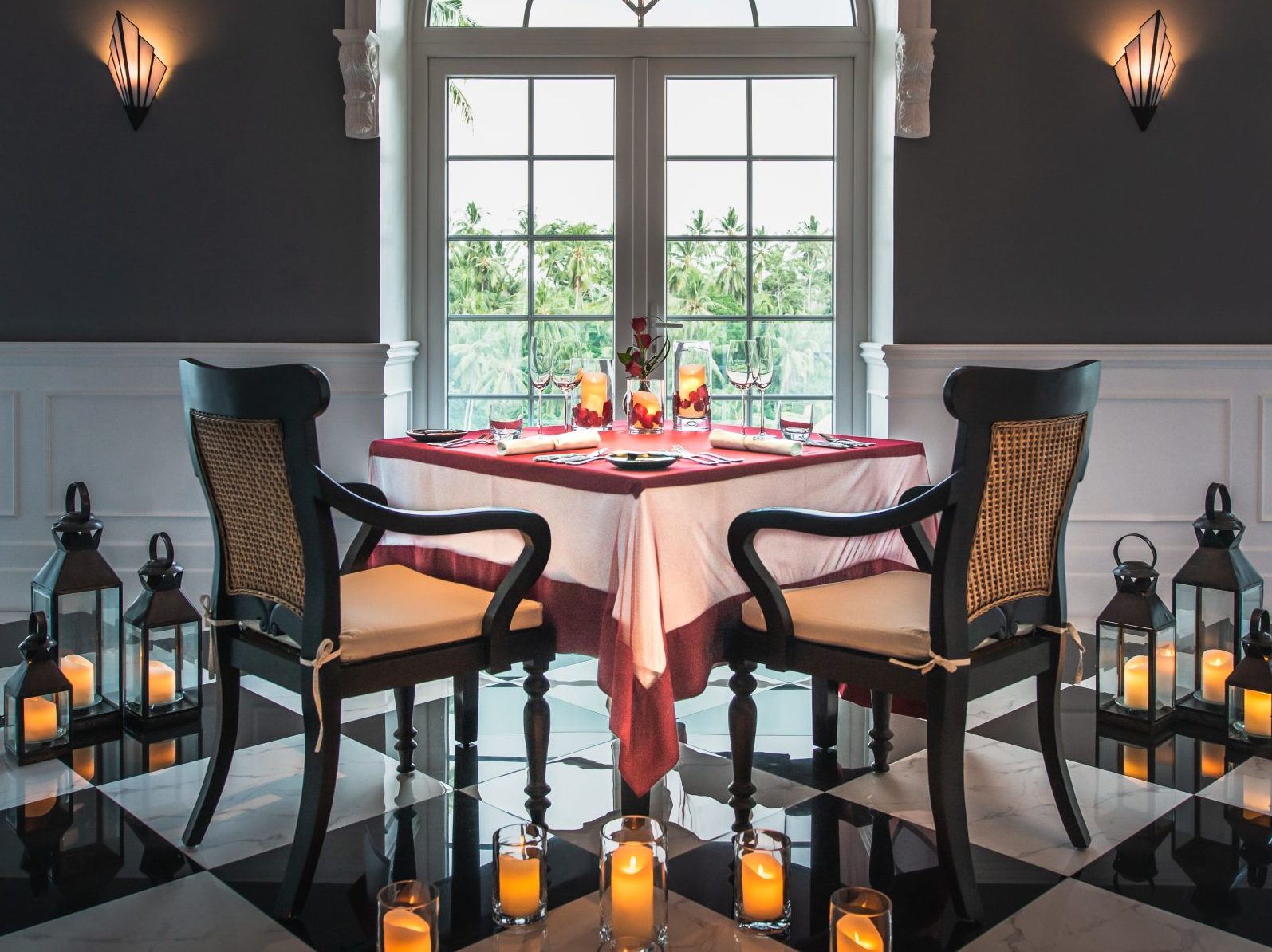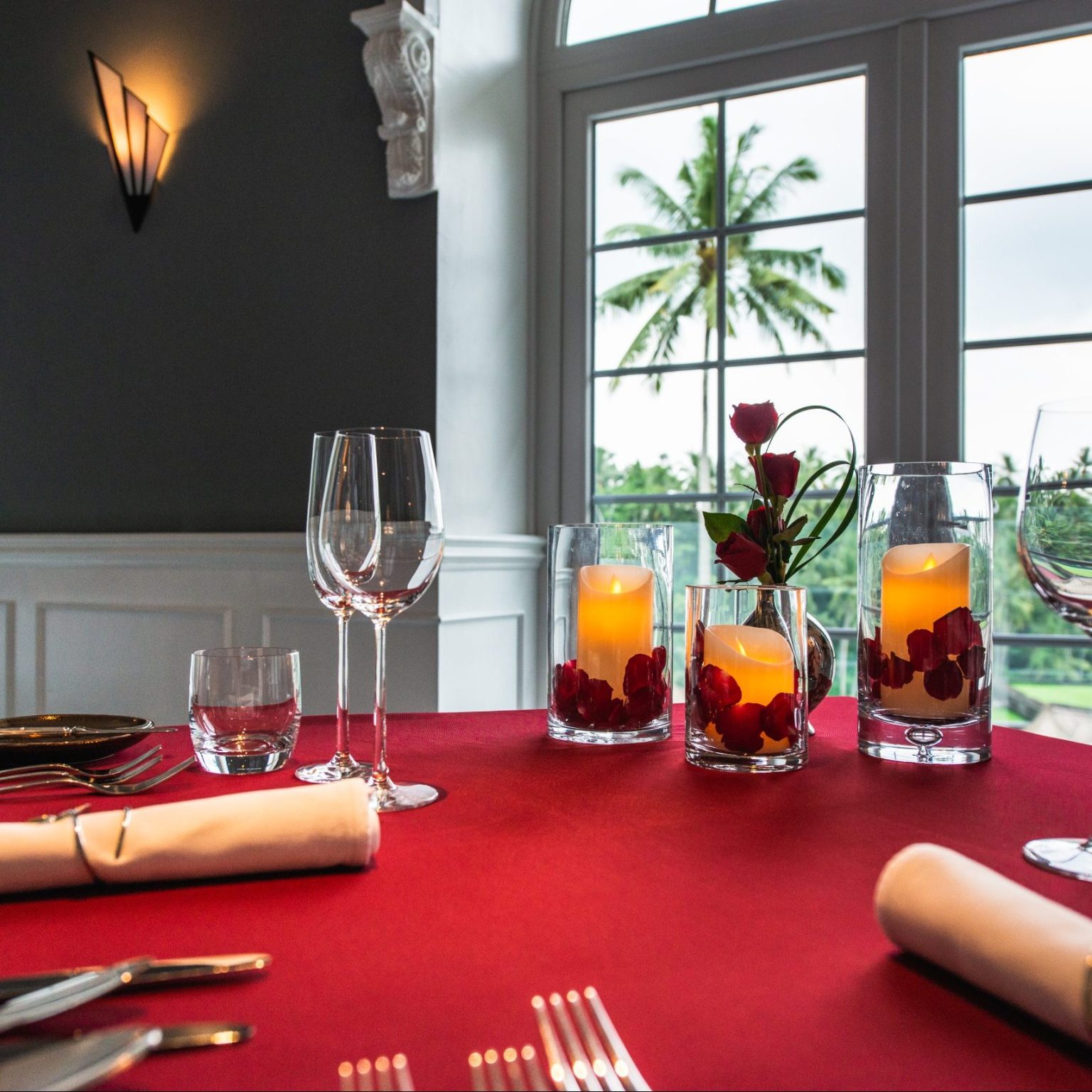Ubud, Bali is rapidly becoming renowned as Asia’s top destination for Ubud fine-dining experiences thanks to the incredible variety and quality of restaurants specializing in this culinary genre. Let’s delve deeper into how Ubud has evolved into a prime locale for fine-dining lovers across the continent.
Key Takeaways about Ubud Fine-Dining
- Ubud’s fine dining scene has increased over the past decade, driven by an inflow of prestigious new eating places.
- Pioneering institutions like Apéritif and Templo Bali have set the benchmark for creative tasting menus showcasing worldwide and nearby flavors.
- Ubud’s fertile landscape supplies chefs with abundant, hyper-seasonal ingredients to innovatively craft their multicultural menus.
- The town’s picturesque natural settings among rice fields and jungle provide an idyllic, pleasing dining ambiance markedly different from big cities.
- At 20-30% lower average costs compared to similar restaurants in Hong Kong or Singapore, Ubud presents good value for money.
- Upcoming hotels and a new generation of local chef talent are expected to further boost culinary creativity and international recognition in the coming years.
- Flagship restaurants like Apéritif and Templo command the highest average prices, around 1.5-2.5 million IDR per head, while newer spots offer comparable quality for 1-1.5 million IDR.
In summary, Ubud has firmly established itself as a Southeast Asian leader for innovative, good-value fine dining experiences set in charming natural surroundings, and the town is primed to strengthen this reputation going forward.
The Rise of Ubud Fine-Dining
Over the closing decade, Ubud has seen an explosion in excellent eating institutions across the city and surrounding regions. With charming settings nestled amongst lush jungles and rice fields, those restaurants curate remarkable multicultural menus served with attentive carriers. Leading chefs are attracted to Ubud’s colorful subculture and pristine neighborhood elements to expand innovative tasting menus targeted at flavors, textures, and culinary artistry.
Foodies have noticed Ubud’s growing culinary popularity, flocking to pattern its renowned exceptional dining options. Reviews on sites like TripAdvisor commonly praise establishments for creative tasting experiences on par with global cities at a more affordable price than other Southeast Asian destinations. This recognition has ignited further growth and investment in Ubud’s fine-dining scene, kickstarting a positive feedback loop.
Some Key Players Leading Ubud’s Fine-Dining Renaissance
Let’s explore a few of the pioneers at the forefront of elevating Ubud’s fine dining scene:
Apéritif Restaurant
Apéritif Restaurant Helmed by Chef Nic Vanderbeeken, Apéritif Restaurant is considered the doyen of Ubud fine-dining. Signature, Avant-Garte, Vegetarian and Vegan degustation menus showcase a unique borderless food philosophy. Diners are treated to an culinary journey with immaculate service amidst an elegant art deco setting.
Templo Bali
Launched in 2014, Templo is helmed by renowned Indonesian chef Will Meyrick. His menus riff on nostalgic Indonesian flavors through locally inspired creations in an elegant open-air setting. Exquisite plating and live counter cooking create a memorable fine dining experience.
Locavore to Table
This organic farm-to-table restaurant opened in 2017. Focusing solely on vegetables from their on-site garden, Australian chef Scott Bender creates surprise 5 to 8-course tasting menus using hyper-seasonal ingredients. Diners enjoy al fresco seating surrounded by lush greenery and an air of culinary experimentation.
Factors Contributing to Ubud’s Dominance in Southeast Asian Fine Dining

A few key factors have contributed to cementing Ubud as a leader in the region’s fine-dining landscape:
Bountiful Local Produce
Ubud lies in one of Bali’s most fertile volcanic regions, supporting a dazzling diversity of tropical fruits, vegetables, and culinary herbs. Top restaurants utilize hyperlocal ingredients at their seasonal peak, elevating flavors.
Inspired Multicultural Cuisines
With Thailand, Malaysia, and Singapore nearby, Ubud chefs are deeply influenced by pan-Asian techniques and flavors. They skillfully blend these traditions with local specialties to innovate new Southeast Asian dishes.
Picturesque Natural Surroundings
Most restaurants are nestled amid lush paddy fields or jungle foliage, crafting an idyllic fine-dining ambiance. The rustic-luxe settings provide a memorable backdrop for innovative multi-course menus and personalized service.
Value for Money Compared to Peers
While maintaining high culinary standards, most Ubud fine-dining restaurants undercut competitors in destinations like Singapore or Hong Kong by 20-30%, broadening appeal.
Continued Evolution of Ubud’s Fine Dining Scene

Looking ahead, several trends are poised to bolster Ubud’s status on Asia’s culinary tourism circuit:
- New hotel-centric restaurants: Brands like Four Seasons, Capella, and Alila are establishing flagship fine-dining venues amid resort properties slated to open in the next 2 years.
- Emerging local talent: Young chefs trained overseas are returning to launch innovative, community-supported kitchen projects that highlight indigenous ingredients and traditional cooking techniques with novel presentations.
- Growth of local producers: As demand rises, more small farms and food artisans will supply fine-dining kitchens, bolstering seasonal menus with hyperlocal specialties like micro-greens, honey, flowers, and fermented ingredients.
- Increased recognition and awards: As critical acclaim widens, prominent chef and culinary awards will shine a brighter global spotlight on Ubud’s flourishing fine-dining culture.
Common Queries about Ubud’s Booming Fine Dining Scene
- Why is fine dining on the rise in Ubud?
Abundant local ingredients and talented chefs are innovating exciting new tasting menus.
- When did this growth begin?
Over the last decade, prestigious restaurants like Apéritif paved the way 10+ years ago.
- Are prices reasonable compared to other top destinations?
Most places are 20-30% cheaper than similar quality dining in Hong Kong or Singapore.
- What kind of settings do restaurants have?
Idyllic locales amongst rice fields and jungles provide a picturesque backdrop for elevated meals.
- How is the scene expected to evolve further?
New hotels and young local talent will keep culinary creativity and recognition increasing.
Conclusion
In closing, Ubud’s unmatched bounty of natural resources, culinary creativity, and picturesque settings have cemented its status as Asia’s premier destination for Ubud fine-dining experiences focused on seasonal flavors and thoughtful presentations. With continued evolution, the town is poised to take its place on the world stage as a must-visit culinary capital.



